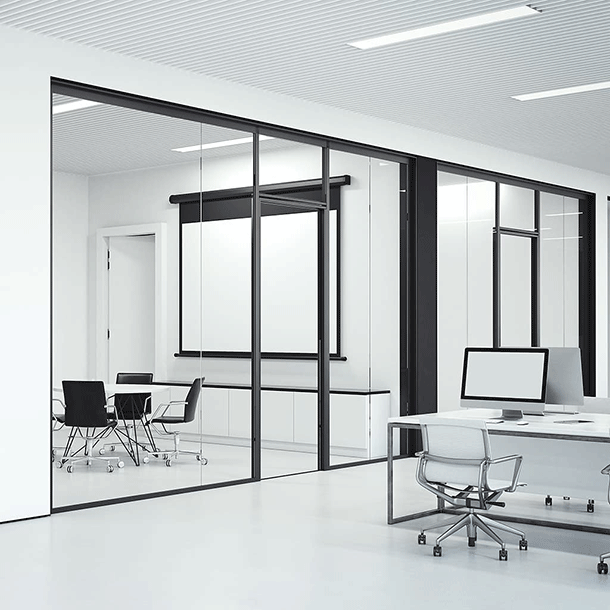By Jean-François Cauchon
Noise at work often has a much more negative effect on employee productivity than we might think. An Ipsos study on the subject reveals that whether the noise at work comes from colleagues, conversations, printers, ringtones, or other sources, workers lose up to 86 minutes of work per day because of these distractions. If we apply this figure to an annual salary of $50,000, it represents a monetary loss of $10,000 per year for a single employee.
With the trend toward open office layouts, noise distraction at work is accentuated and always represents a big acoustic challenge. Sound masking is the most suitable and effective technical solution in open-plan offices. When an appropriate sound masking system, is used, the sound ambience in the workspace becomes more uniform and muted. Distant conversations and other distractions become inaudible. The result: employees are less disrupted and can concentrate better. As it generally takes 10 to 15 minutes to return to a state of steady concentration after an interruption, their work productivity increases.
What Would My Return on Investment Be?
The advantages of sound masking have been the subject of much scientific research. From these studies come the numbers that we use today to assess the real costs of these systems in your different office spaces and work environments.
There’s a simple way to calculate return on investment (ROI) resulting from sound masking. You can use our simple ROI Calculator to help you evaluate concrete return on investment for the parameters of any office planning project.
Using an Example to Test the Calculator
Let’s take a fictional case: an office planning project in the banking sector. Studies show an average increase in workplace productivity of between 10% and 25% after installation of sound masking, but for this exercise we’ll use a more conservative objective of 5%. This soundproofing project will be applied to an area of 20,000 square feet and involve 165 employees. According to industry standards, the average office space per employee is between 80 and 120 square feet. We have chosen to allocate a space of about 120 square feet per person.
Section A of the table below presents the parameters entered into the ROI Calculator, and section B shows the results of the ROI calculation.
| A.Calculation Parameters (fictional case) | |
|---|---|
| Percentage of production increase | 5% |
| Average annual employee salary | $50,000 |
| Average annual employee indirect expense (20% of total payroll for office space, furnishings, administrative costs, etc.) |
$10,000 |
| Number of employees | 165 |
| Total sq. ft. needing masking | 20,000 |
| Cost of sound masking per sq. ft. | $3 |
| B.Estimated Return on Investment | |
| 5% productivity increase | $495,000 |
| Average return per month | $41,250 |
| Total investment | $60,000 |
| Return after 1 year | $435,000 |
| Months to pay off system | 1.5 |
| Return After 5 Years | $2,415,000 |
ROI 7 Times Higher Than Initial Cost
It is often assumed, mistakenly, that a sound masking system is simply an extra expense that can’t be fit into an already limited office plan budget. Yet, the example used in our case study shows an ROI seven times higher than the initial investment after one year: $435,000 in the first year for a cost of $60,000, and the system pays for itself within just a month and a half. It’s hard to do better than that!
Integration of a sound masking system into an open office plan guarantees superior confidentiality, acoustic comfort, and productivity: it’s an acoustic solution at a very reasonable cost considering its effectiveness. There’s no question that sound masking offers a great return on investment! Why not try the Soft-dB Calculator right away to get a good overview of how you’ll benefit by integrating sound masking into your various office plan projects.
Jean-François Cauchon is Soft dB’s President since May 2022. An electrical engineer by profession, he has long experience in international business involving high-technology products.



